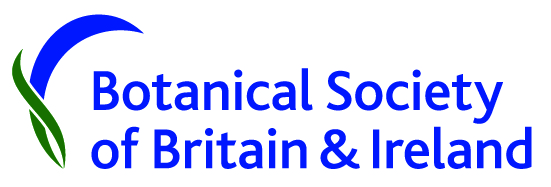A review of the vascular plant flora of the Cairngorms Connect project area, Scotland, and some possible implications of forest expansion to the natural tree line
DOI:
https://doi.org/10.33928/bib.2022.04.166Keywords:
altitudinal range; browsing and grazing; Ellenberg values; natural processes; shade tolerance; rewildingAbstract
Cairngorms Connect, a partnership of four adjoining land owners, is committed to a 200-year vision to enhance and restore habitats, species and ecological processes across a 592 km2 area within the Cairngorms National Park. This will be achieved by, inter alia, expanding woodland to its natural altitudinal limit, including high altitude sub-alpine scrub. All or parts of six native Caledonian pinewoods occur here, c.26% of the national total. Ancient, semi-natural woodland within the Cairngorms Connect area is 43% of the National Park total. Modelling of the extent of potential-natural woodland (sensu Peterken, 1981, 1996) indicates that below 600 m all terrestrial habitats are potentially capable of supporting some degree of tree and scrub cover.
899 vascular plant taxa have been recorded here, of which 693 are native to the area. 7.6% of native taxa are endemic to Great Britain (and Ireland) or to Scotland; these are mainly Hieracia (Hawkweeds). Of the native taxa, 23% are of national, and 11% of regional conservation concern. Few native taxa are widespread within the Cairngorms Connect area, most are local or rare. 40% of native taxa have been recorded in five or less monads (1 km squares), with 16% recorded from just a single monad.
12% of native taxa are associated with shaded locations or semi-shade (Ellenberg Light values 3-5). 51% of taxa are found in partial shade to well lit locations (values 6 and 7) and 37% of taxa in well lit to fully lit locations (values 8 and 9). Native taxa with Light values of 6-7 are the most frequent in 92% of monads with more than 10 recorded taxa. 65% of taxa of national conservation concern favour well lit to fully lit locations (Light values 8-9).
Shading of plants, at altitudes below the potential tree line, is strongly influenced by the extent of woodland and scrub and its structure, and by herbivore grazing levels determining height and structure of the field layer. To achieve forest expansion to the natural tree line by natural regeneration will require sustained low levels of grazing and browsing, for decades, or longer. This is already leading to a taller field layer and an increased density of tree regeneration. 40% of native taxa may be negatively impacted, if existing and new woodland becomes dense with a high level of shading. Of these 'at risk' taxa, 50% have maximum height less than 50 cm and may be especially at risk from sustained periods of low grazing. Limited disturbance and lack of open sites and bare ground for seedling recruitment is another potential constraint on vascular plants. The issue of vegetation succession and shading, leading to possible loss of plant diversity is likely to be much less of an issue at altitudes around and above the tree line. Here there are likely to be benefits, with possible expansion of tall herb communities.
Downloads
Published
Issue
Section
License
Copyright (c) 2022 Andy Amphlett

This work is licensed under a Creative Commons Attribution 4.0 International License.
Copyright and licence: Authors (or their employers) retain their copyright in articles and images published in British & Irish Botany and are not required to assign this to the Botanical Society of Britain & Ireland (BSBI). All that BSBI requires from authors is a license to publish the article in British & Irish Botany and make it freely available to all in pdf format under the terms of Creative Commons Attribution 4.0 International Public License, which also enables BSBI to reproduce components of the article in other BSBI outputs (eg. BSBI News, the BSBI website and/or the BSBI News & Views blog) for publicity purposes. The licence code can be accessed here:

